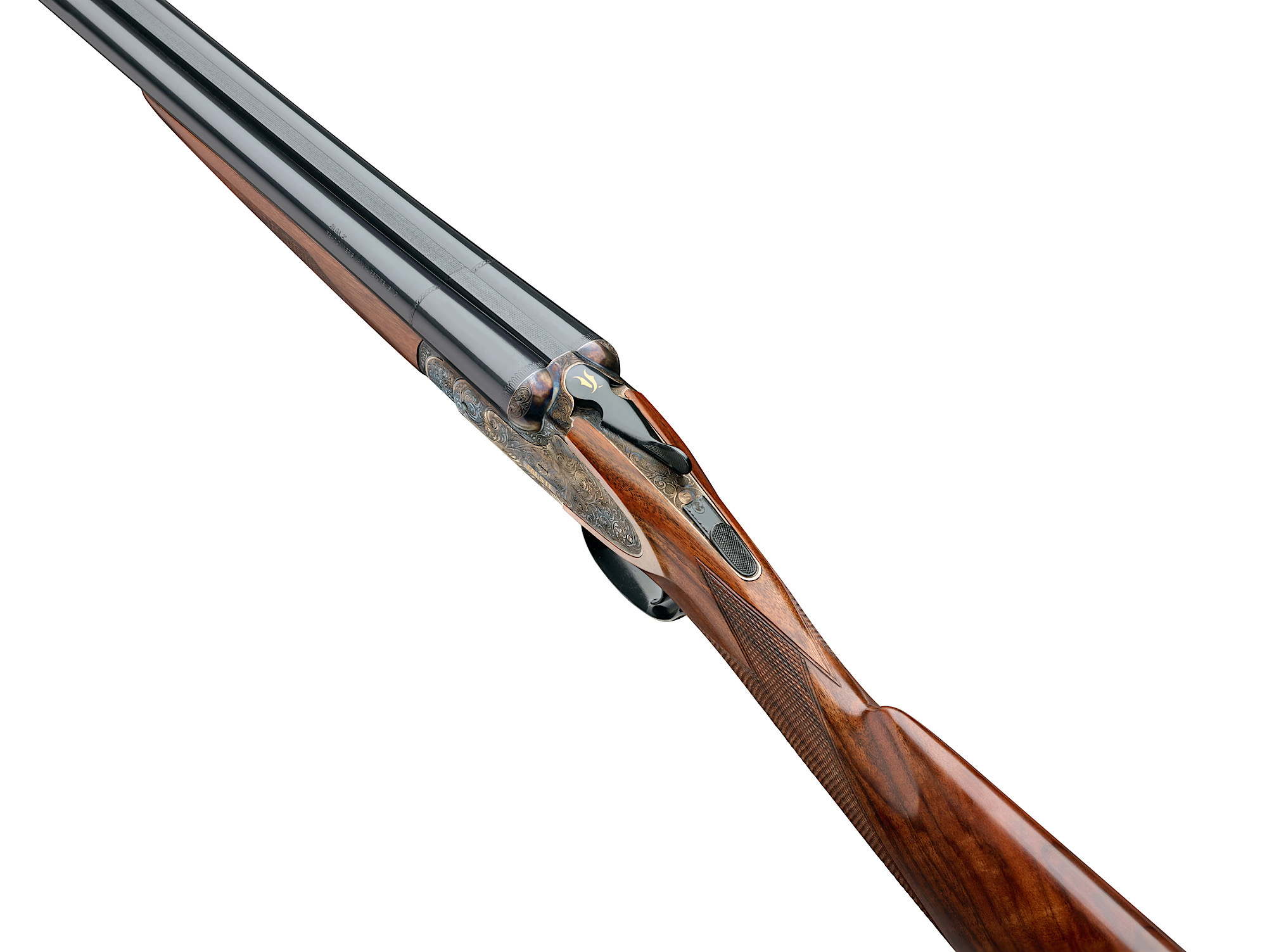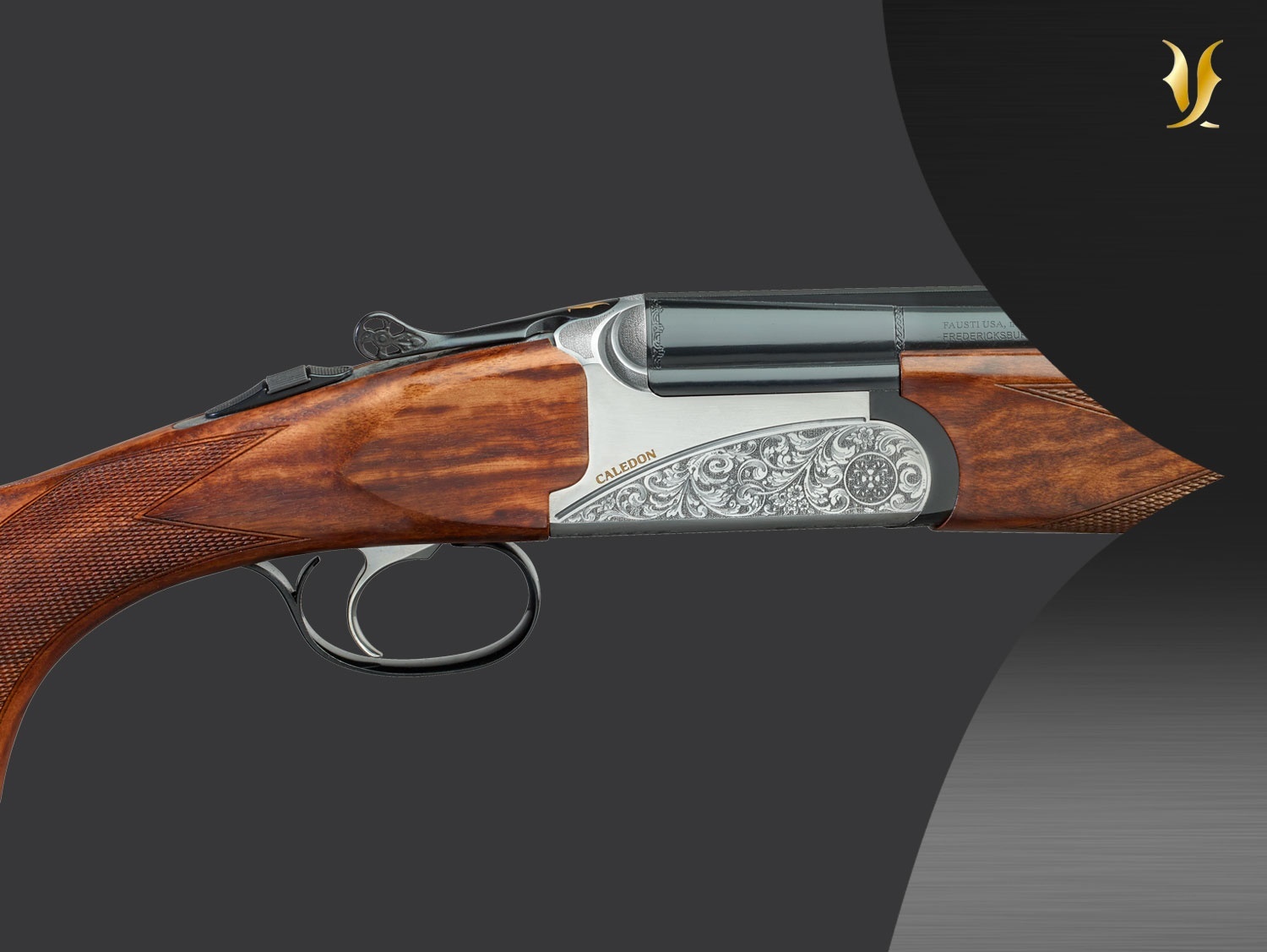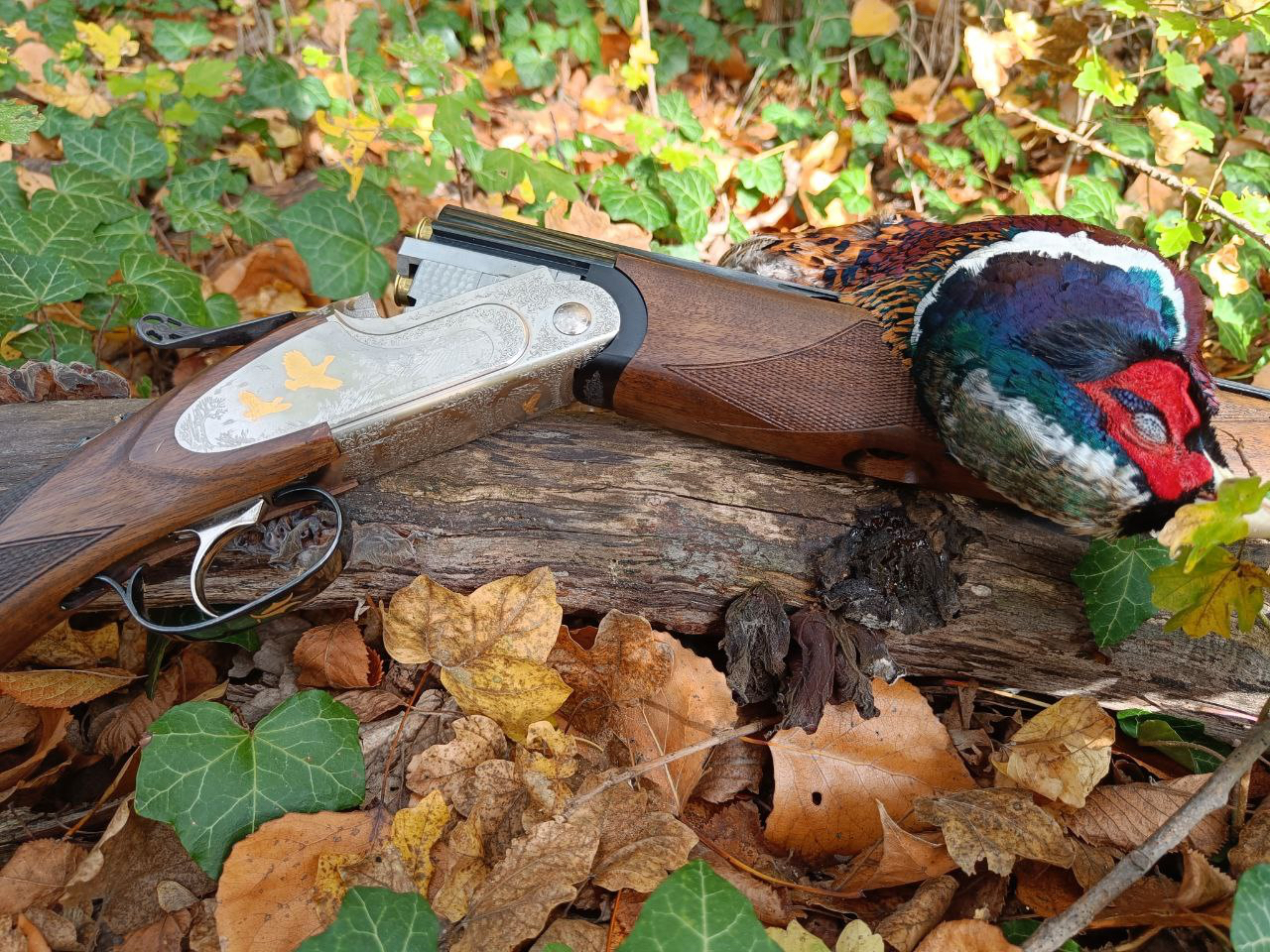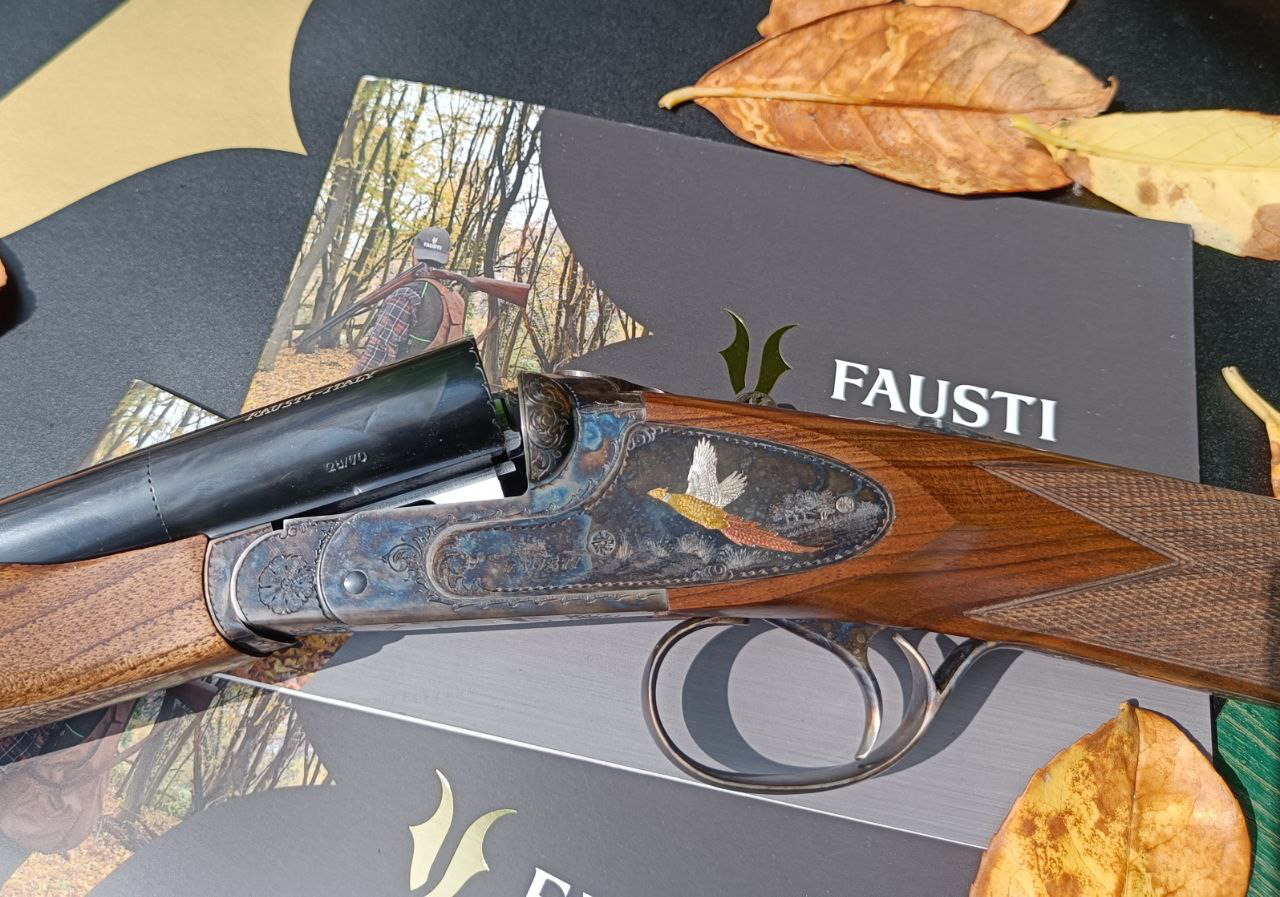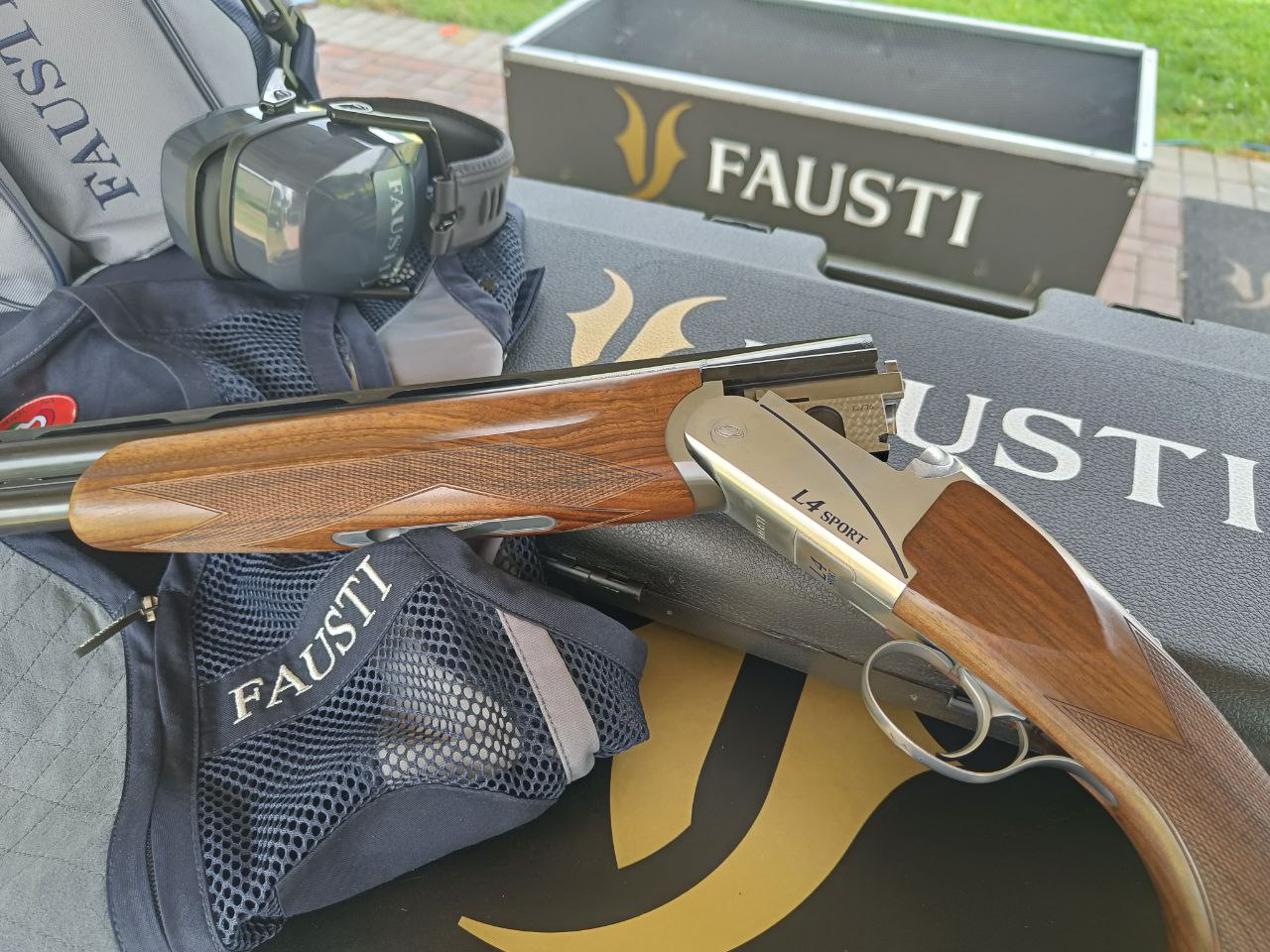
Organisation and attention to detail: these are the first impressions that come as soon as one is welcomed into the Fausti company in Marcheno, near Brescia, Italy.
They must have been the same principles on which the history of this company has developed, which since 1948, starting out as a craftsman's workshop for repairing and then making hunting shotguns, has arrived with its 75 years of history to establish itself with its third generation as a company recognised in Italy and on the international scene by enthusiasts as a synonym for elegant sport shotguns made in Italy.
With an indissoluble link to tradition but a constant eye on innovation through a digital transition to Industry 4.0, Fausti manufactures its guns by investing in new technologies and sophisticated machinery, in order to improve the quality of construction and thus make its products reliable and long-lasting.
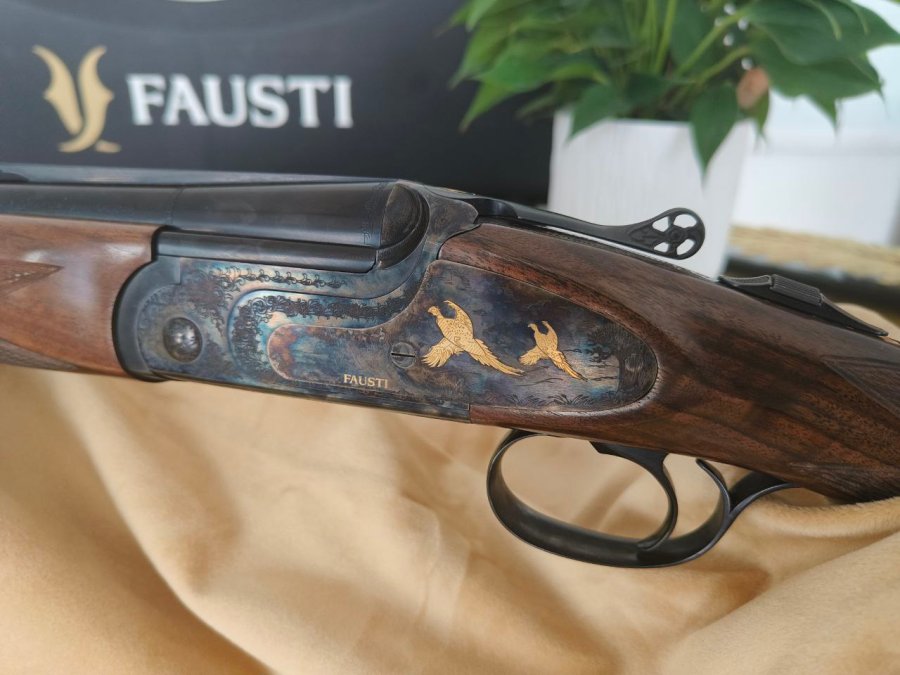
The lines of Fausti guns and their characteristics
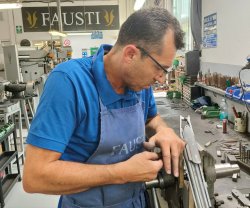
Within Fausti production, the design and development department and the assembly department are divided: in the latter, after the initial processing phase dictated by the programmes of modern numerical control technologies, supervised by the technical staff, the gun components move on to the assembly stage, which consists of several steps all carried out by hand, by expert and specialised labour, up to the final checks.
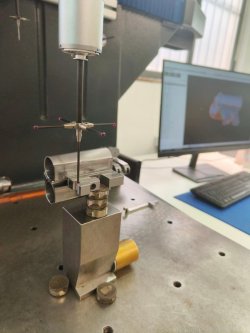
The characteristics shared by the entire production are the choice of quality materials and components machined from solid steel billets and machined according to well-established construction criteria, such as the choice of Anson and Deeley locks for double guns and the patented Four Locks locking system for over-and-under shotguns. Created in 1875, the Anson system is a guarantee of reliable operation thanks to its simplicity and robustness. The concentration of the weights in the center of the gun also guarantees the firearm's balance during use and swinging while hunting.
The actions of the Fausti shotguns machined from solid billets are then scaled to gauge for better ballistic and aesthetic performance. For the over-and-under shotguns, the double Four Locks system, which provides two locking points in the barrel block and two inside the receiver, guarantees a long life and solid hold of the shotguns even after years of continuous use.
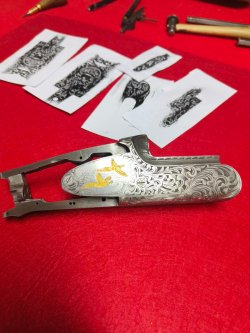
Each step, coupling and finishing of the various components is carried out or monitored by specialised labour until the final ballistic test of the guns, which are delivered to hunters and sport shooters with a pattern test.
Today, Fausti has developed a unique range of products worldwide, divided into the two lines Core and Boutique, which do not differ in mechanics but in the different levels of aesthetic finishes, wood selection and engravings.
The Core line, the brand's entry level, is characterised above all by its simplicity of form without sacrificing quality and reliability.
The elements that distinguish the side-by-sides and over-and-unders of the Boutique line, on the other hand, feature superior finishing, author's engravings, and superior stocks that will gratify the most demanding hunters. We leave you with the pictures to show you where and how Fausti guns are made.
For more information please visit the Fausti Stefano Arms website.


